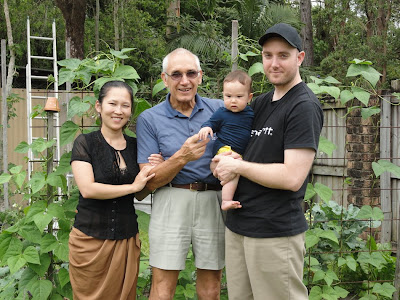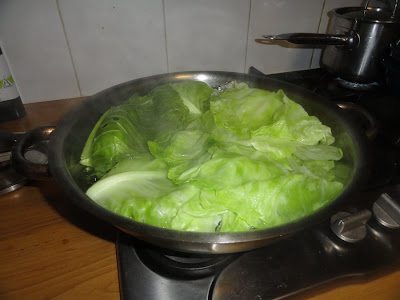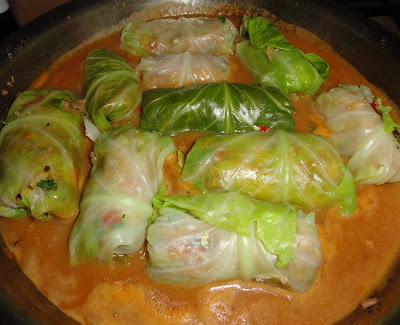I like using one product for many different things. It saves time and money. It saves fiddling around with too many ingredients. It's simple. It's been a long time since I cleaned the modern way - using a different product for the various household cleaning jobs. I use my home made soap for showering and for washing my hair and hands. It's also a horticultural soap so if any garden potion requires soap to be added, my homemade soap fits the bill perfectly. Soon I'll be using it exclusively for washing up, but that's another story and I'll write about it at another time.
Another good all rounder, and a great base for other cleaners, is homemade laundry liquid. When I make up a new batch of laundry liquid, I always make up one smaller glass bottle that I use for various cleaning tasks around the home. But today I want to write about making up a cleaner that is perfect for cleaning metal - including stainless steel, porcelain baths and sinks, and spot cleaning on painted walls. It also does a good job on appliances - like white fridges and food processors and painted cupboards. The recipe for making laundry liquid is here.
Add about half a cup of homemade laundry liquid (soap, washing soda and borax) to a small container and add enough bicarb to make a thick paste. Stir until it's combined. Adding 6 - 10 drops of tea tree oil will make the mix an effective antiseptic cleaner. If you stir this mix with a tea-stained spoon, by the time you've finished stirring, the spoon will be shining like a star. Use the tea tree version in the bathroom and laundry and the tea tree-free version in the kitchen. You don't want to wipe out your normal kitchen flora.

I keep this little jar of cleaner on my sink and use it for my new sink and stove, as well as for spot cleaning in the kitchen. It's gentle but effective and it doesn't scratch the surface of the metal. My guess is the jar would cost less than a dollar to make up and it will last at least a month of constant use. It's definitely a better option than buying Jif, Ajax powder or any of those cleaning gels.
I use laundry liquid straight on a rag to spot clean and sometimes, when the floor is particulary dirty, I add half a cup of laundry liquid and half a cup of white vinegar to my bucket and mop up. It works well.
Laundry liquid is also an excellent stain remover. Just take a tablespoon of liquid and rub it onto the stain. Rub it in well with your fingers, and leave for 30 minutes, then wash the item in with the normal wash. Most of the time, this treatment will remove the stain.
But now I'm really interested in finding other uses for laundry liquid. How do you use it? Do you use it only for laundry or have you tried it on other jobs in the home? What laundry liquid recipe do you use?


















































